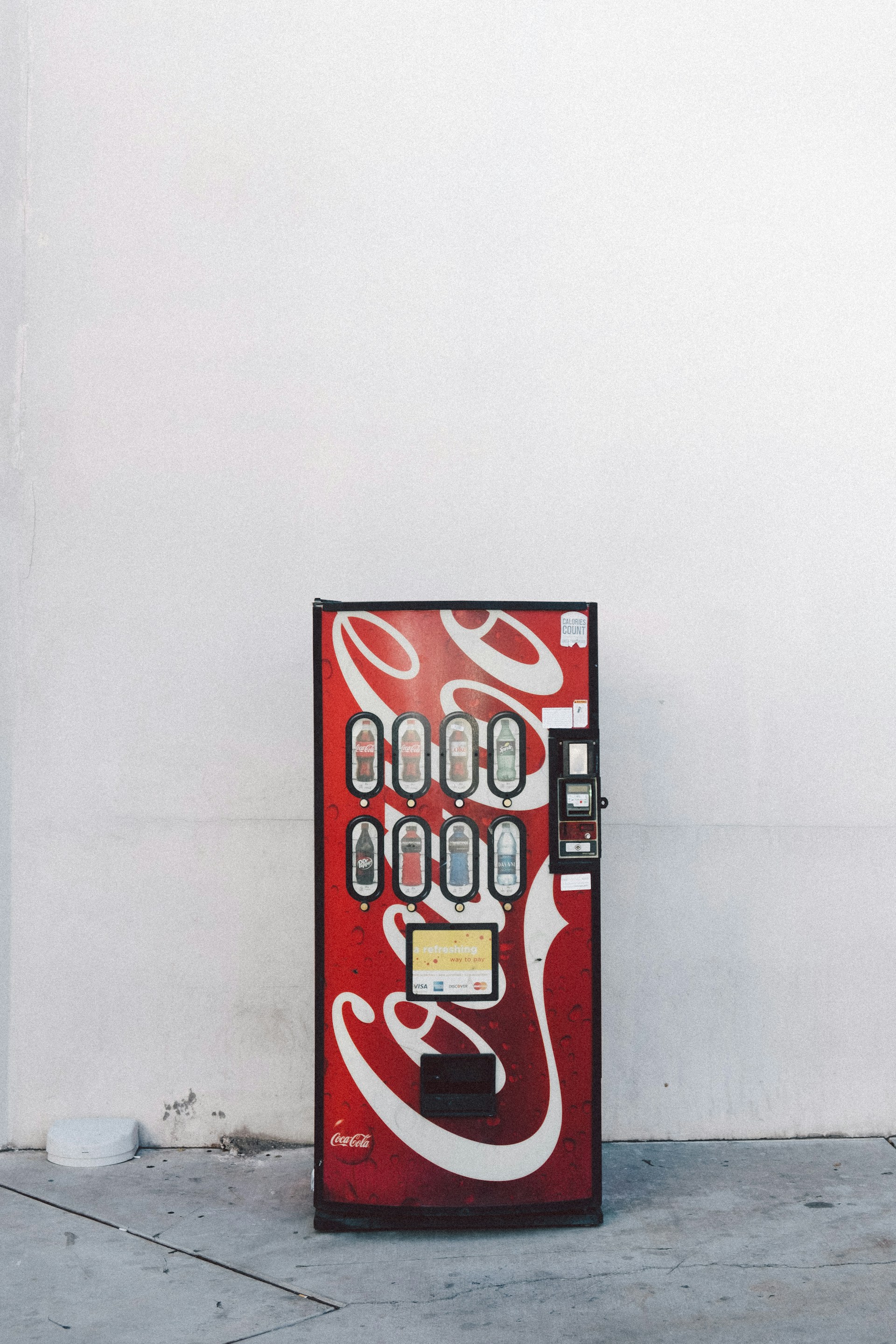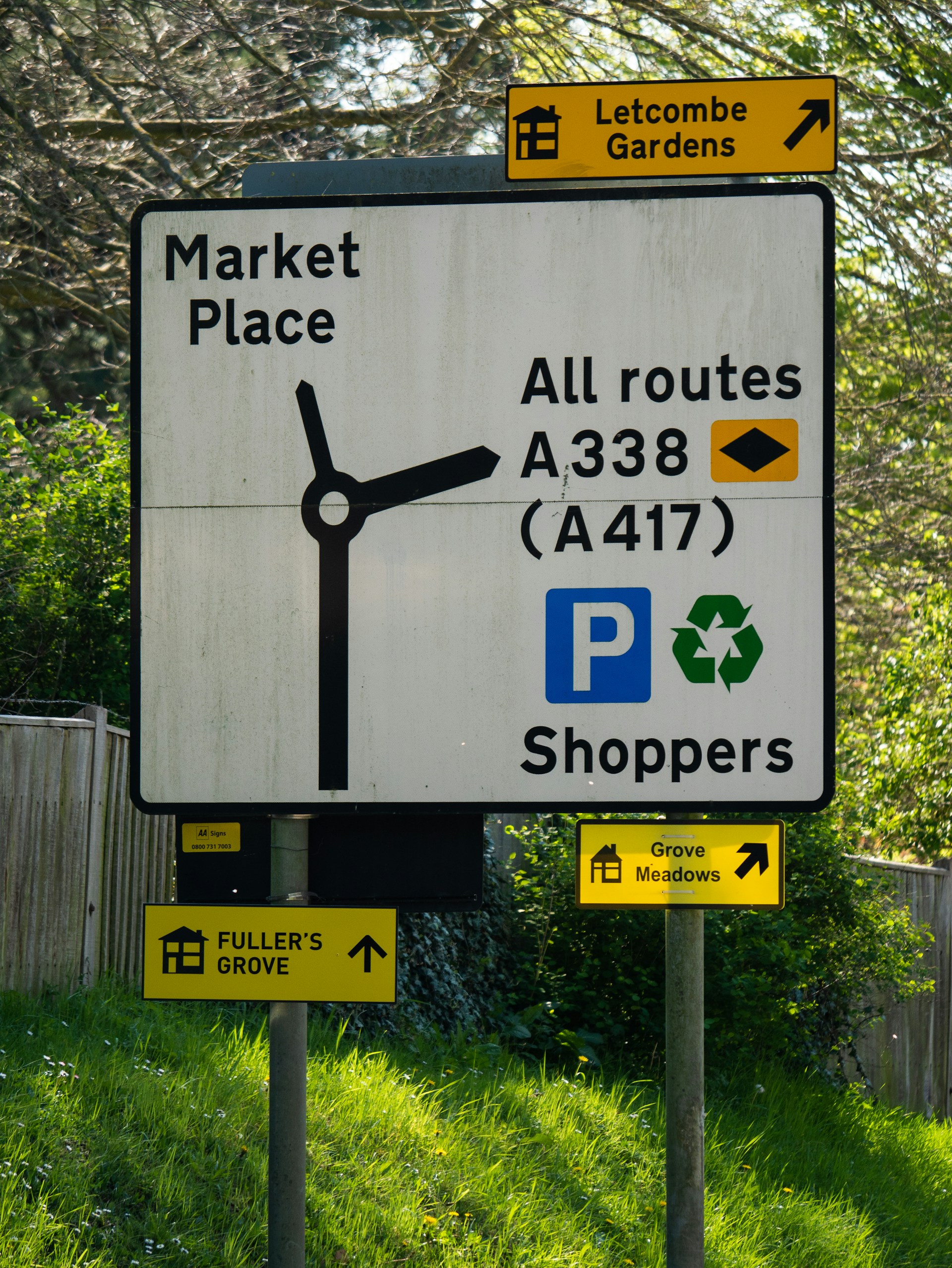Introduction to Vending Locations for Sale
A premium vending location can generate 3x more than an average one even with identical machines. A machine stocked with the most popular snacks and drinks will still fail if placed where nobody sees it. Meanwhile, even a basic machine can thrive in a high-traffic area with the right demographic. According to statistics, 80% of failed vending businesses site poor location as choice as the primary reason.
The profitability of vending machines hinges on three factors: location commissions (aim for <15%), product markup (100-300% on snacks), and machine uptime. For example, a well-placed combo machine in a hospital break room can net $800/month, while the same unit in a low-traffic laundromat might earn $200. Use our interactive calculator to model different scenarios before buying routes.
Remember that very operator needs a solid vending machine business plan before securing locations.
Advantages of pre- established locations verses starting from scratch
- Immediate income
- Lower risk
Disadvantages
- Higher upfront cost
- May inherit outdated machines or bad contracts.
Starting from scratch
Advantages
- Full control over products
- Lower startup costs ($2k – 10k for new machines)
Disadvantages
- No revenue for months (location approval takes time)
- Risk of poor placement.
Key Considerations When Buying a Vending Location
Before buying a vending machine business location, analyze these factors carefully:
- Foot Traffic: Look for "captive audiences" – places where people spend time with limited food options. Areas like hospitals, busy office buildings, schools, or transit hubs naturally have more people passing by, boosting purchase opportunities.
- Demographics: When checking out a vending location for sale, dig into who's actually there. Match your product mix with local needs. Protein snacks might sell well in a gym, while candy might perform better in a family entertainment center.
- Competition: Remember: a location with moderate traffic and zero competition often outperforms a high-traffic spot with vending machines on every corner. Too many other vending machines nearby can dilute your sales. Ideally, seek exclusivity within the property.
- Visibility & Accessibility: Machines tucked away in a corner or behind a door get overlooked. Ensure your location is obvious and easy to reach.
- Security: Well-lit and monitored places reduce theft or vandalism, protecting your investment.
A common rookie mistake is ignoring these factors in favor of a cheap deal—leading to disappointing returns.
How to Find Vending Locations for Sale
There are more ways than ever to find vending locations for sale:
- Online Marketplaces: Websites like BizBuySell , VendingConnection.com, and even local classified sites list vending businesses, routes, or individual sites.
- Business Brokers: Specialized brokers often have off-market listings and can guide negotiations.
- Franchises: Many vending franchises sell turnkey operations that include secure locations.
- Industry Associations & Trade Shows: Groups like the National Automatic Merchandising Association (NAMA) can help you network with insiders.
- Direct Outreach: Spot a busy vending machine? Contact the owner—many operators are willing to sell under the right conditions.
Join local business groups on Facebook or LinkedIn. Operators often advertise routes for sale informally in these communities.
Evaluating the Profitability of a Vending Location
Once you find a promising vending business opportunity, dive deep into its numbers. Verify the last 12 months of bank statements (not just profit claims) Calculate net margins after location commissions (20-30% is typical) Project ROI using our vending machine profit calculator if it doesn’t break even within 18 months, walk away.
Calculating Return on Investment Timelines
The million-dollar question: "When will I make my money back?"
For vending locations, healthy ROI typically falls between 18-36 months. Anything promising returns under a year? Probably too good to be true. Beyond five years? You might want to keep shopping.
Here's a simple calculation method:
ROI Timeline (months) = Total Investment ÷ Monthly Net Profit
What to analyze:
- Monthly Sales Records: Look for stable, consistent sales—spikes might be seasonal or tied to temporary events.
- Expenses: This includes restocking, machine maintenance, commissions to property owners, and insurance.
- Contract Terms: Ensure contracts with location owners are long enough (at least 2-3 years), renewable, and preferably exclusive.
- Machine Health: Older machines often incur higher maintenance costs, impacting profits.
Quick Comparison Table

Use this table above as a guide when comparing different vending locations for sale.
Negotiating the Purchase of a Vending Location
When you’re ready to buy, it’s time to negotiate. Here’s how to ensure a fair deal:
- Start with Verified Data: Ask for at least 6-12 months of sales records, not just verbal claims.
- Get In Writing: Make sure everything promised (machines, inventory, location contracts) is included in the sale agreement.
- Request a Non-Compete: Ensure the seller won’t install new machines nearby that could siphon your sales.
- Consider a Holdback: Agree to pay part of the price after a set period, contingent on sales remaining steady.
Small Case Example
An operator buying a hospital vending route negotiated a three-month trial to monitor cash flow before finalizing. This reduced their risk and confirmed the location’s profitability.
Common Pitfalls and How to Avoid Them
Many new operators lose money by skipping thorough checks. Avoid these mistakes:
- Not Doing Proper Due Diligence: Always verify contracts, machine ownership, and location agreements.
- Ignoring Future Developments: A nearby office building closing could devastate sales.
- Overestimating Gross Sales: Net profits are what matter after commissions, inventory, and repairs.
- Skipping Legal Checks: Make sure contracts are transferable and licenses are up to date.
Read our vending machine maintenance tips to keep profits healthy once you own the location.
FAQs About Buying a Vending Location
What are the benefits of buying an existing vending location?
Immediate income, proven traffic, and existing service agreements reduce risk versus starting new.
How can I determine if a vending location is profitable?
Analyze past sales records, deduct all costs, and see if margins meet your goals.
Where can I find vending machine locations for sale?
Online marketplaces, brokers, trade shows, and direct outreach to existing operators.
What are common challenges?
Maintenance, theft, changing foot traffic, and rising product costs.
How do I negotiate price?
Leverage verified sales data, machine condition, and contract lengths to justify offers.
What due diligence steps are essential?
Review all documents, inspect machines, talk to location managers, and verify legal compliance.
Are there legal considerations?
Yes—ensure contracts are transferrable, permits current, and local vending laws followed.
For more queries you can visit our website: https://vendinglocator.com/faqs.
Conclusion
Finding a profitable vending location for sale is your ticket to steady passive income. By carefully comparing options, verifying data, and negotiating smartly, you’ll maximize your success and grow a thriving vending machine business.










